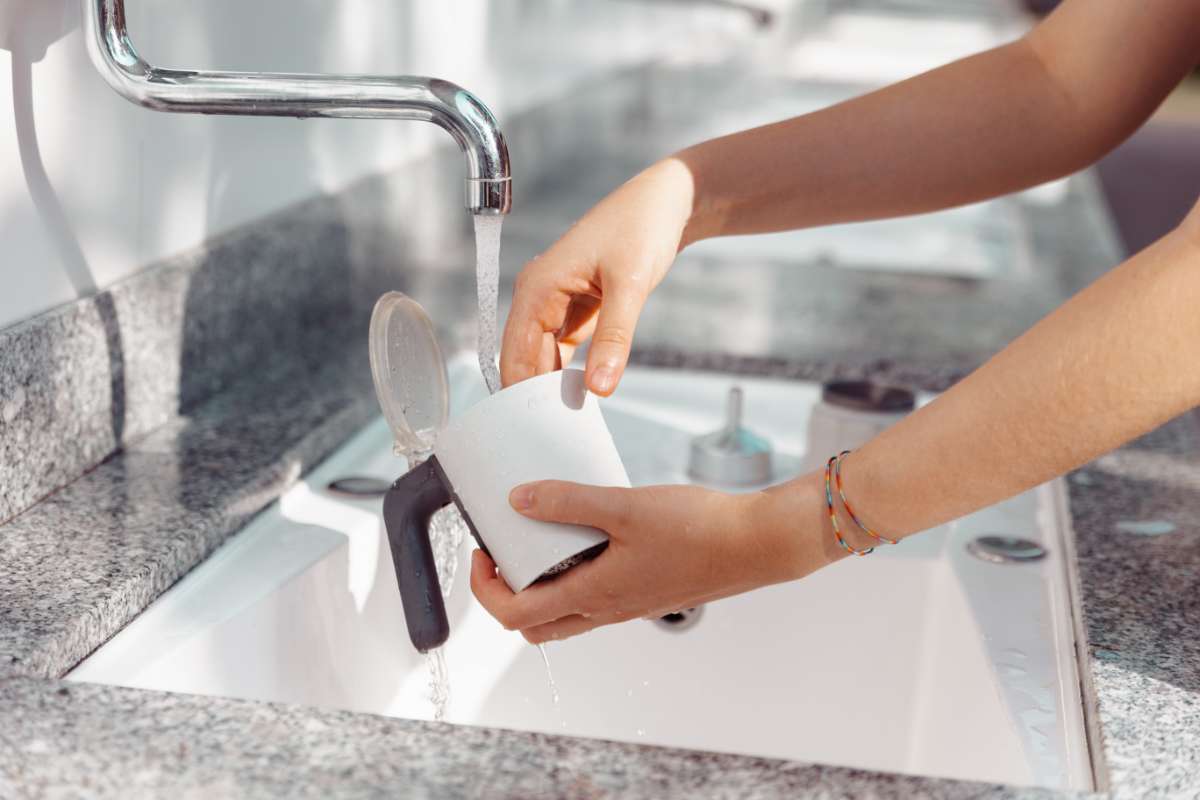Last Updated on December 20, 2023
Have you ever sipped your morning coffee and sensed something was… off?
It’s not necessarily the beans or the water. The culprit might be hidden in plain sight: dirty coffee equipment.
If you’re striving for coffee perfection, then cleanliness isn’t just a virtue, it’s a necessity. Unseen residues and minute leftovers from your previous brews can significantly alter the taste of your coffee—and potentially, your health.

Coffee Residue
To understand how coffee residue affects your brew, consider what it actually is. Coffee residue is a complex mixture that forms over time on your coffee equipment. It’s not just old coffee grounds. It’s a concoction of oils, micro-ground particles and chemical compounds that have clung to your equipment’s surfaces.
What’s In It?
The chemical composition of coffee includes oils, acids, and other compounds. These substances are responsible for the rich aroma and flavor of your coffee. However, they are also the main contributors to residue buildup. Oils can become rancid over time. Acids can corrode machine parts. The combination can create a sticky, tar-like substance that’s difficult to remove.
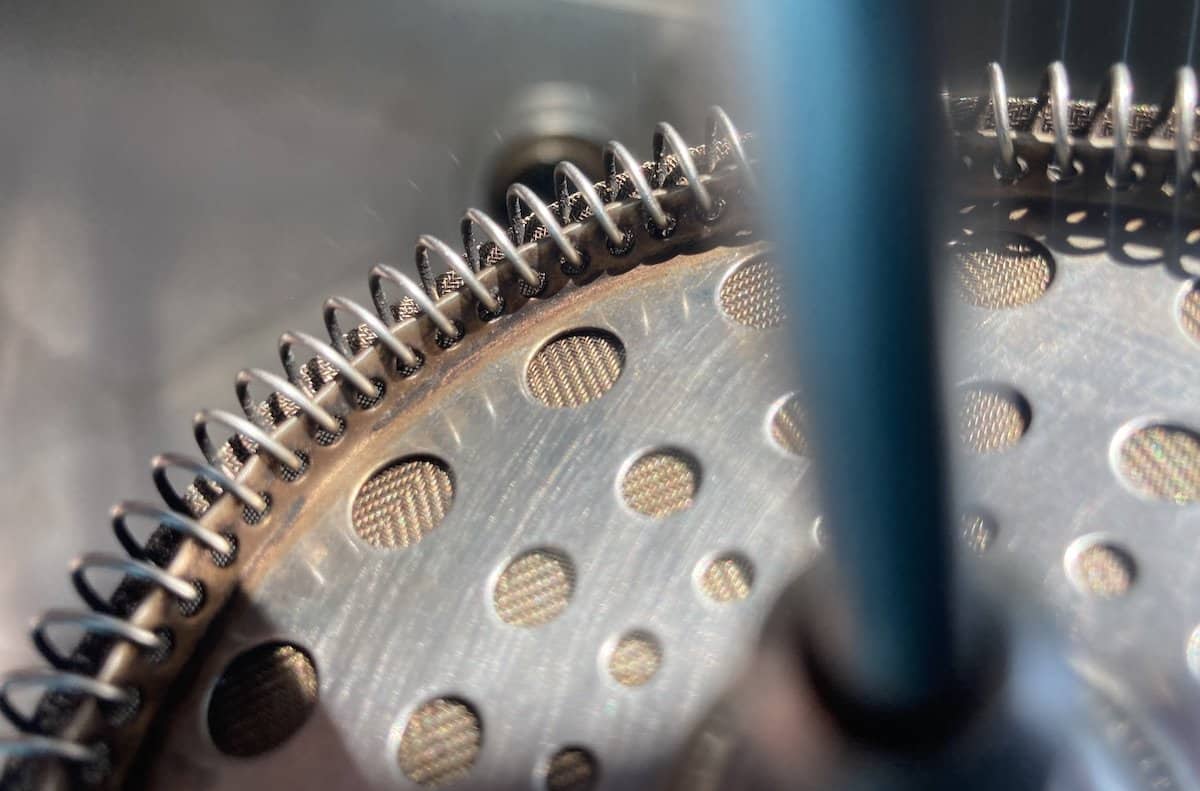
How Residue Affects the Taste of Your Coffee
The impact of residue on coffee taste is undeniable. Over time, the buildup can impart a stale, bitter flavor to your coffee. This is because the residue continues to interact with the freshly brewed coffee at high temperatures, changing its chemical makeup and, consequently, its taste.
If you brew a fresh cup using a machine that hasn’t been cleaned for weeks, you might detect a harsh, acrid taste in your first sip—a far cry from the smooth, nuanced flavors you expected. This is a direct result of residue influencing the brew.
It’s Not Good For You, Either
Beyond taste, the health implications of unclean coffee equipment are a concern. Mold, bacteria, and yeast thrive in moist environments. Your coffee maker is no exception. Drinking coffee contaminated with these microorganisms can lead to health issues, particularly if you or another coffee drinker in your household has a compromised immune system.
Keeping Your Equipment Clean
You don’t have to take out the scrubber and plunge your equipment into soap suds every day. The best cleaning routine involves quick and easy light cleaning on a daily basis after each use, with deeper cleaning at less frequent intervals.
Daily Cleaning
Daily cleaning involves rinsing and wiping down parts that come into contact with coffee grounds and water. This simple step can significantly reduce residue buildup and make your occasional deep-cleaning sessions a lot easier.
Deep Cleaning
Deep cleaning is more intensive. Sometimes it’s the only way to remove stubborn residues and mineral deposits.
Different types of coffee equipment require specific cleaning approaches.
Espresso Machine
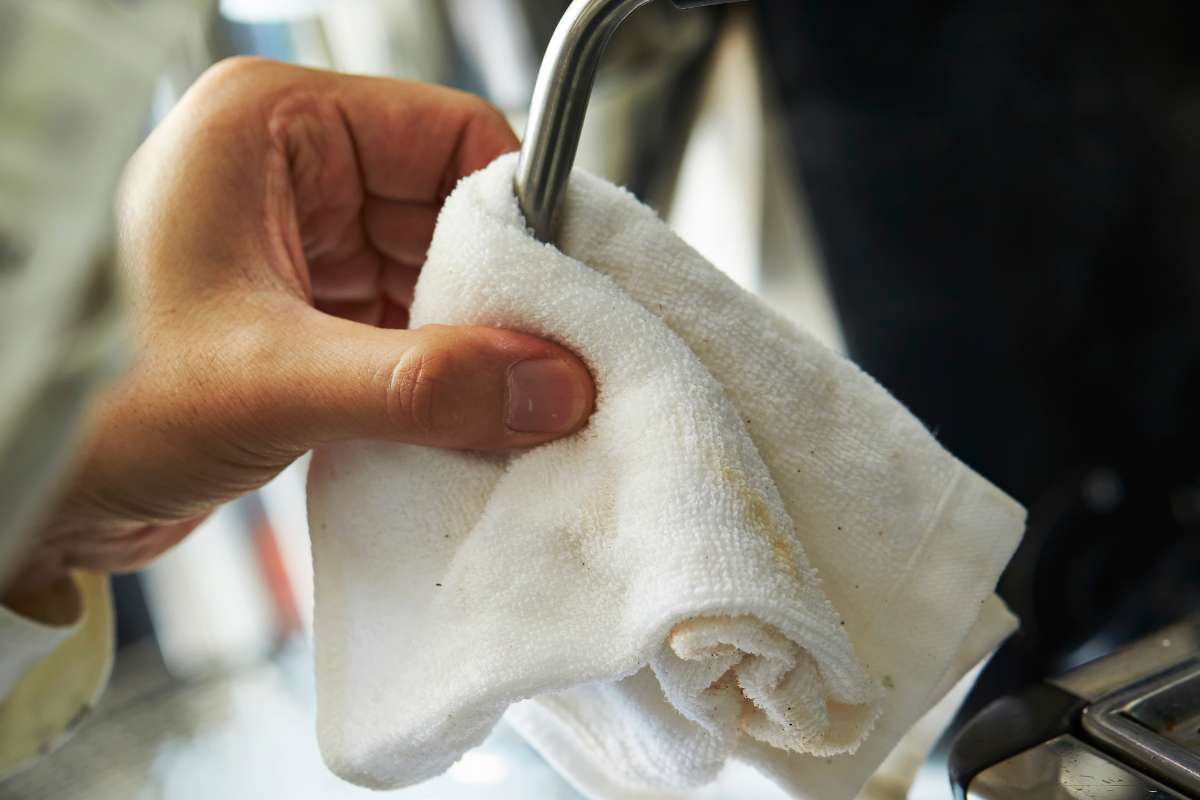
Espresso machines are prone to residue buildup due to their oil-rich espresso shots. Wipe them down and rinse their parts on a daily basis.
You should backflush your machine every week, which involves attaching a ‘blank’ portafilter and running a cycle so that water cannot leave the system and flows backward throughout to clean the tubes. You should also descaling your machine every few months, with an acidic solution that removes limescale buildup from the minerals in your water.
Coffee Grinder
Coffee grinders can accumulate old grounds and oils, which can affect the flavor of freshly ground coffee. Regular brushing and occasional deep cleaning with grinder-safe cleaning agents are recommended.
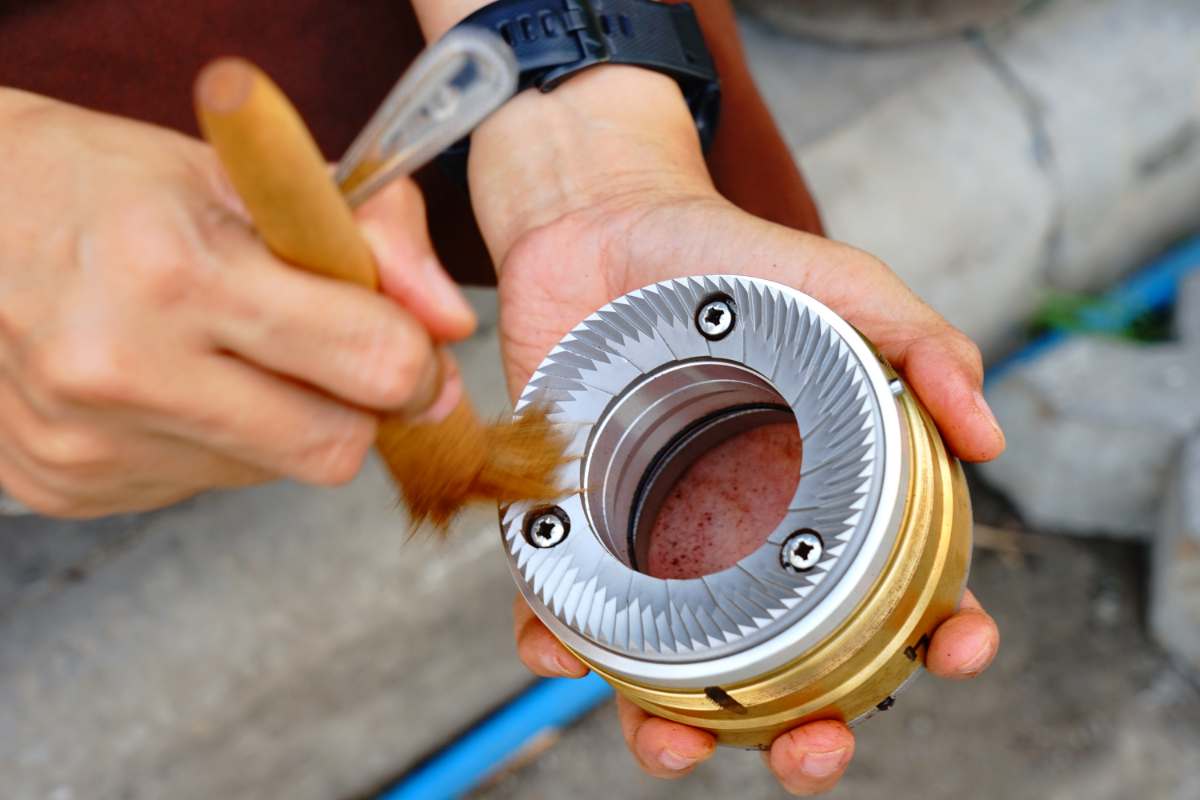
For monthly deep cleaning, you’ll have to dismantle the grinder and clean its individual parts, ensuring no old grounds are left to mix with fresh ones.
Drip Coffee Maker
Rinse the removable parts after every use, and wash them with soap and hot water every week to remove old coffee oils. Some parts may be dishwasher-safe, but check the user manual.
Descale the machine every one to three months by running a vinegar-water solution through it.
French Press
A French press needs thorough cleaning to remove coffee grounds and oils from the mesh filter and glass carafe. They’re among the trickiest to clean, but also the most important. Ideally, disassemble it and wash each part after every use.
Deep cleaning means taking apart the plunger to clean the filter screens and ensure no grounds are stuck in the mesh. Do this every week.
Kettle
Mineral buildup in your kettle can affect heating efficiency and water taste. Descaling is essential, and will need to be done more frequently in areas with higher mineral content in the water.
To descale, you can use an equal mix of water and white vinegar. Boil the solution in the kettle and then let it sit for an hour or so before rinsing thoroughly several times to remove the vinegar taste.
Moka Pot
Moka pots require regular washing and drying to prevent mold growth and maintain the integrity of the seal and filter. Your moka pot will benefit from occasional deep-cleaning with a vinegar-water solution to remove any coffee oil residues and mineral buildup.
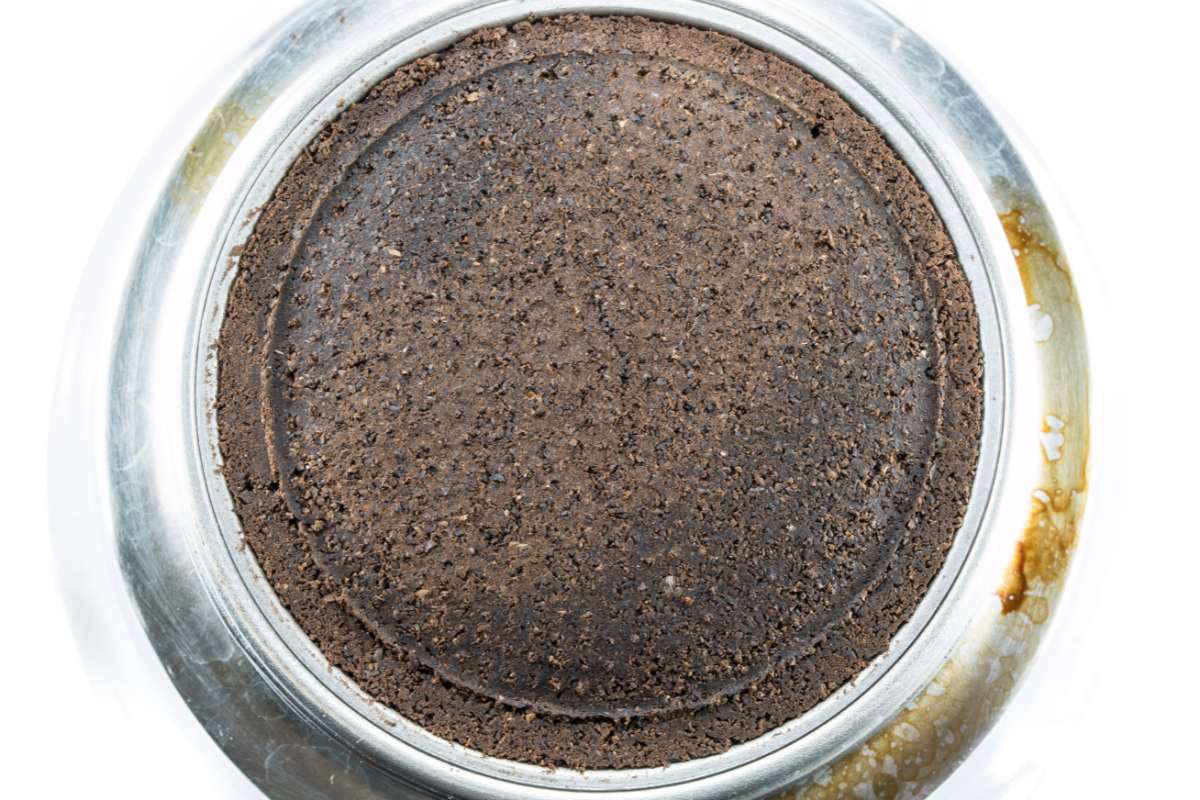
The importance of maintaining clean brewing equipment cannot be overstated. Not only does it ensure the best possible taste and aroma in every cup, but it also prolongs the life of your coffee-making tools and safeguards your health.
Regular cleaning, both daily and deep, should be as integral to your coffee ritual as the brewing itself. A clean brew is a superior brew.

